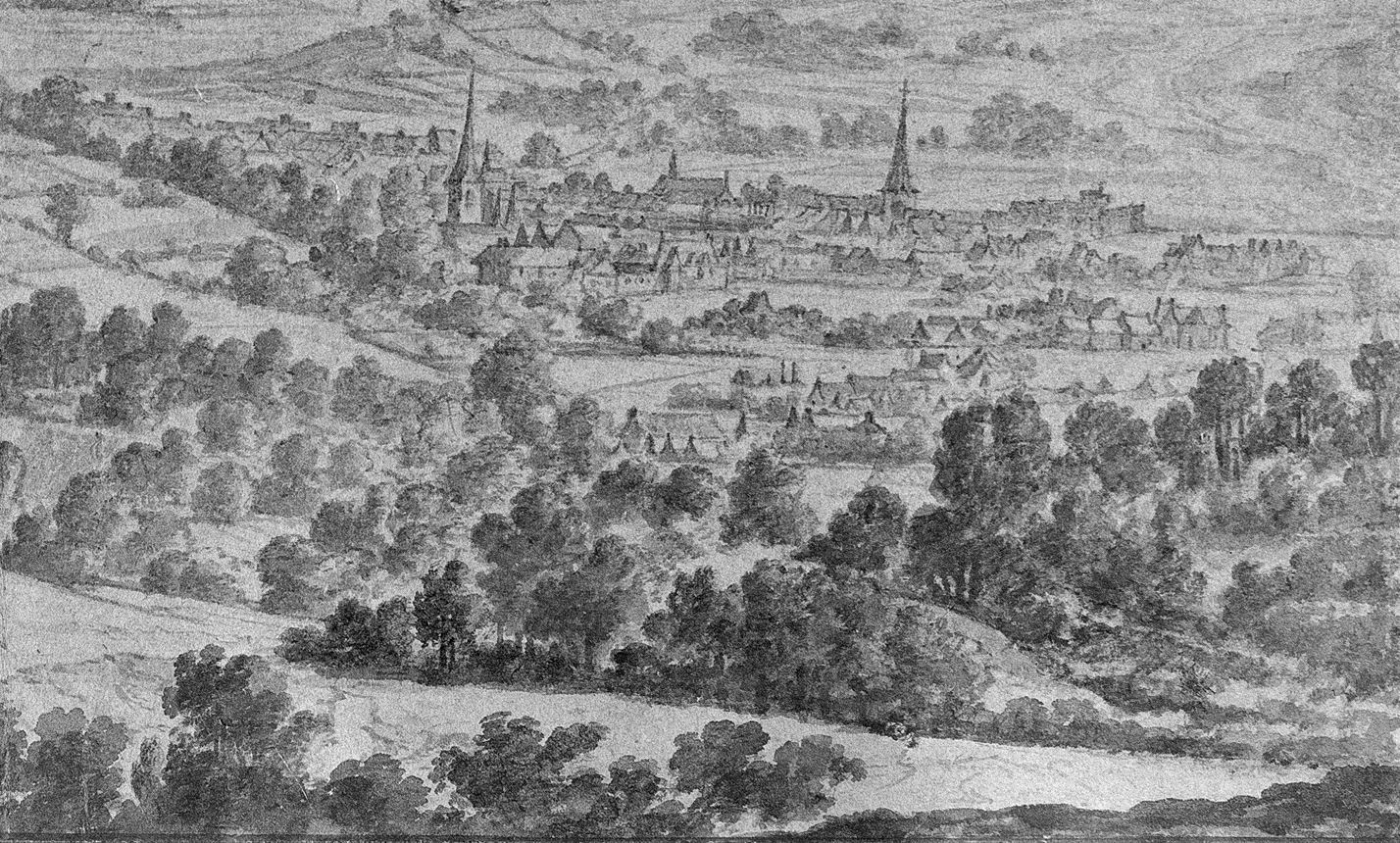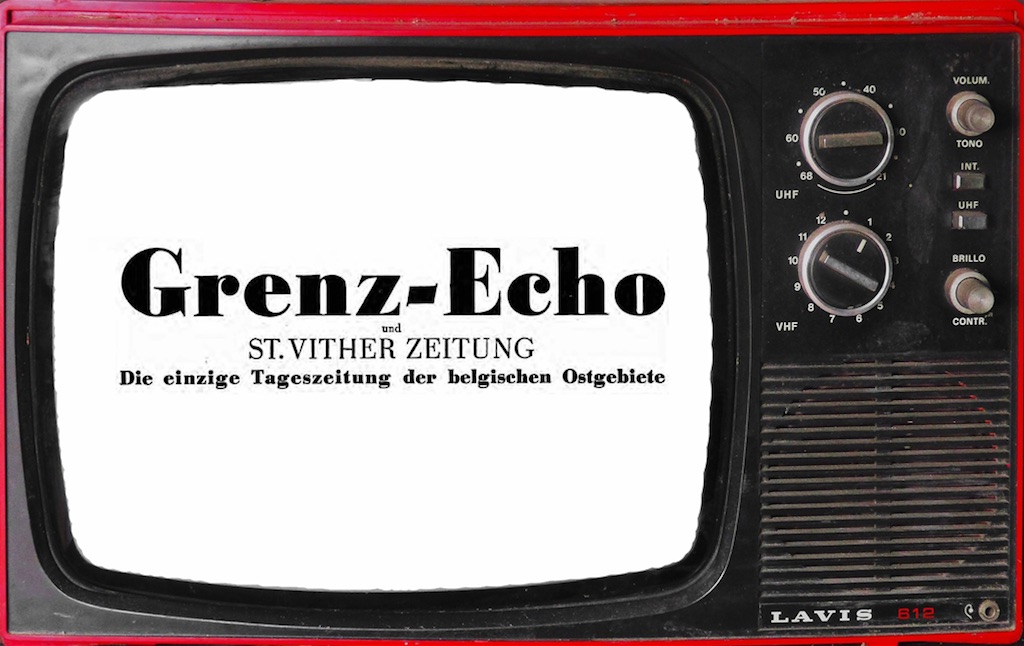After the Second World War, the Grenz-Echo was the only German-language daily newspaper in Belgium. For twenty years, editor-in-chief Henri Michel knew how to orient the newspaper readership of East Belgium towards Belgium. With a somewhat more open attitude, his successor Heinrich Toussaint followed this path until 1985. As the only East Belgian paper – interrupted by a few interludes of the Neue Nachrichten or the Sankt Vither Zeitung – it reached almost every household between Ouren and Kelmis every morning. The names the journalists such as Heinrich Toussaint, Freddy Derwahl or Heinz Warny are familiar to most East Belgians. So, every morning, many East Belgians studied information on the region or the Belgian state.
The names of Tagesschau (daily evening TV news in Germany) presenters, who provided East Belgians with news from Germany from 1952 onwards, were equally well known. A listener survey conducted by Belgian Radio in 1970, for example, summarises: ‘With regard to television stations, 80 percent of television viewers choose the German programme, i.e. ARD and ZDF.’ (1)
When they hear ‘20:15’, most people will probably think of the start of ‘prime time’. Many East Belgians will be in sync with German viewers from 20:15 onwards and experience television just like their neighbours do. In other countries, including the Belgian domestic market, ‘20:15’ is not a household name. In many East Belgian households, the RTBF’s (French language television chain in Belgium) Journal Télévisé is on before the Tagesschau at 7:30 pm, so that people are up to date on what is happening both at home and in the neighbouring country.
Since the turn of the millennium, media use has changed considerably in East Belgium as well. Television has lost ground to the internet. Newspapers have continued to exist among the mass media, if with a constant, yet relatively weak circulation. The younger generation uses television less often, and the internet more frequently. Sites of memory are constantly changing.
The two sites of memory, reading Grenz-Echo and watching Tagesschau, illustrate once again how hybrid the identity of East Belgians is. Many of the German sites of memory such as ‘Goethe’, ‘Duden’ (the most commonly used dictionary in German), ‘Volkswagen Beatle’ or ‘Deutschmark’ can be deciphered by East Belgians just as well as by a German. But East Belgians also understand the meaning of ‘Francs’ (former Belgian currency), ‘Delhaize’ or ‘King Albert’, ie archetypically Belgian elements shaping identity. Thus, national sites of memory intersect in East Belgium. Though sites of memory are understood as historical and social points of reference of a single nation, the example of Tagesschau and Grenz-Echo illustrate how national spaces of experience can blur very easily.
(1) Belgian Radio, opinion poll 1970. Brussels 1970.

